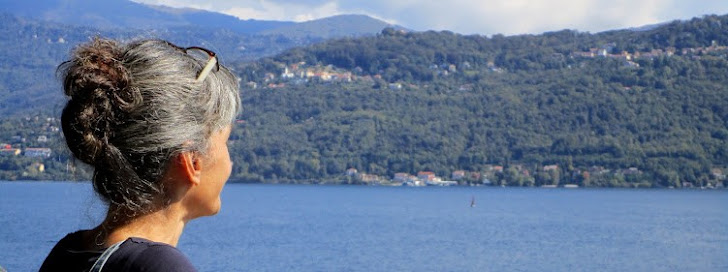"(...) I can think of no better form of personal involvement than that of gardening. A person who is growing a garden (...) organically, is improving a piece of the world. (...) A person who undertakes to grow a garden at home, by practices that will preserve rather than exploit the economy of the soil, has set [her or] his mind decisively against what is wrong with us." Wendell Berry (2021). What I Stand for Is What I Stand On. Image by Monica Pinheiro, license CC BY-NC-SA ( CC ).

"More than conversation at the interface, it is creative assemblages like these that explore and elaborate the particular dynamic capacities that digital media afford and the ways that through them humans and machines can perform interesting new effects (...) in uniquely particular ways." Lucy Suchman (2009). Human-machine reconfigurations: plans and situated actions.
Showing posts with label cities. Show all posts
Showing posts with label cities. Show all posts
Feb 20, 2022
February
Aug 20, 2020
August
"The stories illustrate that biodiversity, climate and inequality are inseparable agendas. (...) The biodiversity community needs to move beyond the technocratic approaches that currently dominate ways of thinking about the future (...). This means that researchers have to acknowledge that imagining the future, whether in a model or a story, is political" Wyborn, C., Davila, F., Pereira, L. et al. Imagining transformative biodiversity futures. Nature Sustainability, number 8, volume 3. Image by Monica Pinheiro, license CC BY-NC-SA (CC).
Aug 26, 2019
Agosto
"[M]elhorar o efeito estético da vegetação natural (...) na base das paredes, juntas e áreas" que favoreçam "espécies com características desejáveis" quer por serem rasteiras, resilientes ou "pela beleza das suas cores, as quais por sua vez também abafarão as espécies de características indesejadas." Quercus - Associação Nacional de Conservação da Natureza: Autarquias sem Glifosato/Herbicidas. Image by Monica Pinheiro, license CC BY-NC-SA (CC)
Dec 25, 2018
Biodiversity-rich areas
"Urban Green Infrastructure (UGI) refers to the strategically managed network of urban green spaces and natural and semi-natural ecosystems situated within the boundary of an urban ecosystem. These high-quality, biodiversity-rich areas can help make cities more sustainable and contribute to solve many challenges, such as air pollution, noise, climate change impacts, heat waves, floods and public health concerns. As cities grow and develop, it is vital to improve the availability, quality and accessibility of UGI." MAES Joachim, ZULIAN Grazia, GUENTHER Susann,THIJSSEN Martijn, RAYNAL Julie, 2019. Enhancing Resilience Of Urban Ecosystems through Green Infrastructure (EnRoute). Image by Monica Pinheiro, license CC BY-NC-SA (CC)
Subscribe to:
Comments (Atom)



